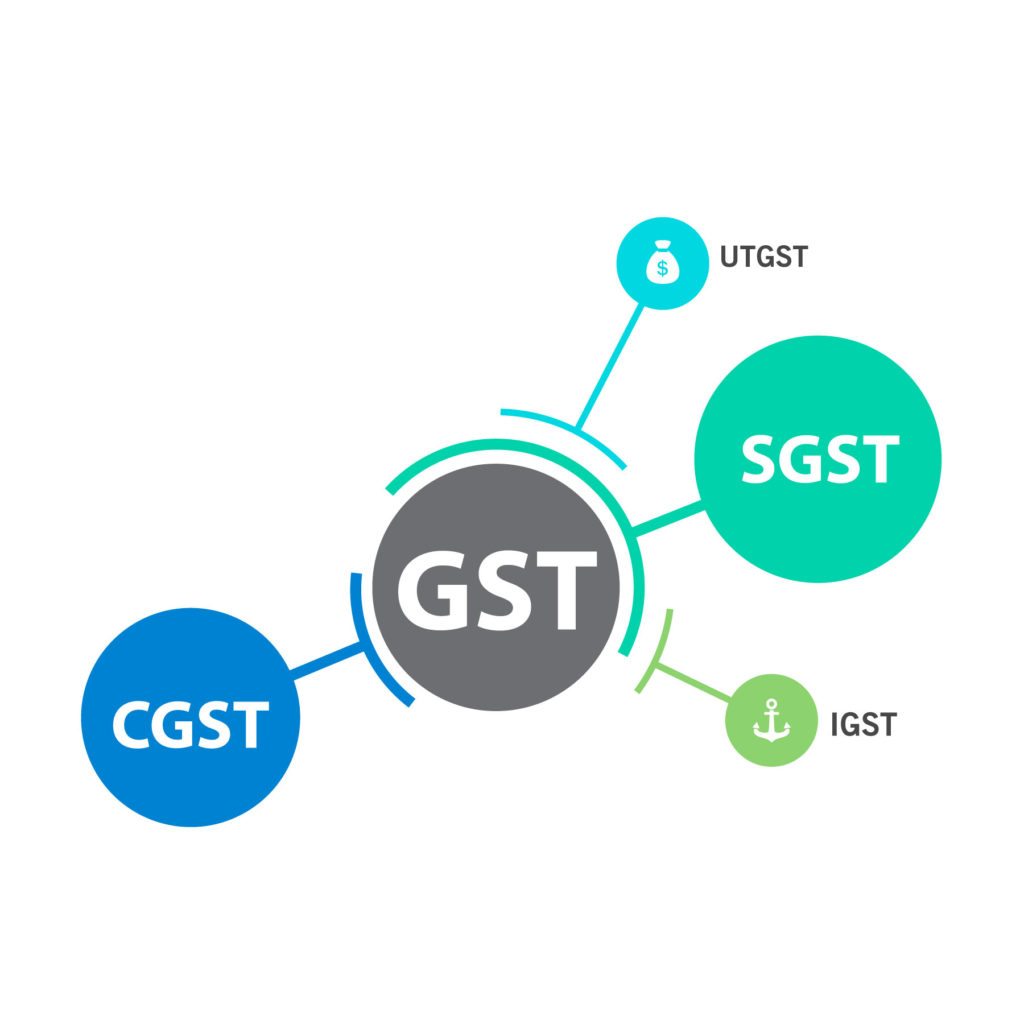After a long wait, India is finally implementing the GOODS & SERVICES TAX. The GST will help to remove tax barriers between states, creating a single market. The roll-out will replace a plethora of cascading central, state, interstate and local taxes with a single, nationwide, value-added tax on goods and services.
Being a union of states, India intends to follow and implement a dual GST structured at federal and state level. Currently over 150 countries have implemented GST law in various forms. What is GST all about?
GST will replace at least 17 state taxes that would make taxation of goods and services far simpler than current system. “it would be a comprehensive indirect tax on manufacturing, sale and consumption of goods and services throughout India, to replace taxes levied by the central state government”(GST is not unified on major item like liquor, ATF, diesel, petrol and electricity have been kept outside which shall result in cascading corresponding taxes).
The GST framework in India is based on Canadian and Brazilian Model. But at the same time it is significantly unique.
Dual GST:- CGST (Central goods and service tax) + SGST (State goods and service tax) Both CGST and SGST will be levied on taxable value of a transaction. All goods and services, leaving aside a few will be brought into the GST and there will be no difference between goods and services. The GST system will combine central excise duty, additional excise duty, service tax, state vat, entertainment tax etc. “UNDER ONE BANNER”


Benefits of GST!!
For business and industry:- Easy compliance, Removal of cascading, Improved Competitiveness. For Central and state Government:- simple and easy to administrate, better control on leakage, higher revenue efficiency.
For the Consumer:- single and transparent tax proportion to the value of goods and services, Reduction of prices.
The indirect tax rate on services is 15% currently. In GST this rate may go upto 18%. It would be creditable and hence would not result in increase in cost.
For an end customer on the face of it there appears to be an increase in indirect tax cost. However, on a closer analysis, what comes out is that today there is 15% tax cost on the output side plus there are whole lot of non-creditable taxes on the procurement side for VAT/CST paid on all the goods that this industry purchase to render the services. In GST through the output tax would increase from 15% today to a GST of 18%, but all the non- creditable taxes on the procurement side today would become creditable which should largely annul the increase tax rate on the output side. There is no doubt that INDIA Inc. will benefit from the roll out of GST; however the gain for the ‘AAM ADMI’ (Common man) are still wrapped in conjecture. Only time will reveal whether GST will be the trigger point of ‘ACHHE DIN’ (good days) for common man.









